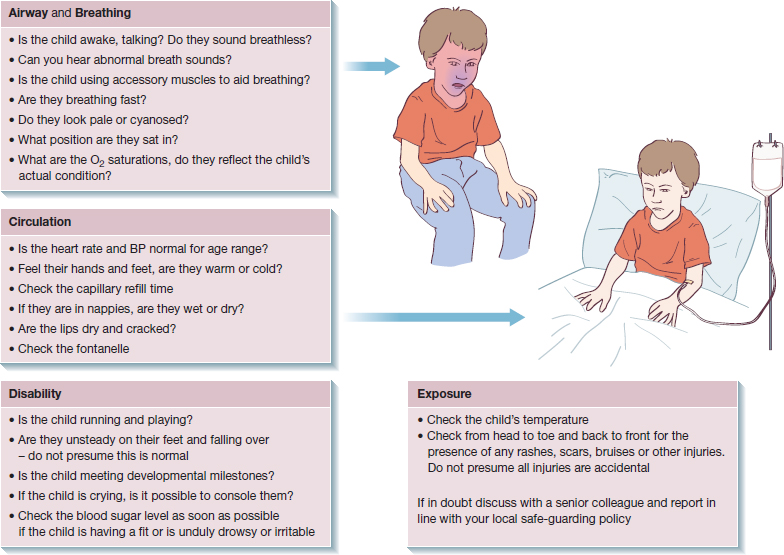Figure 11.1 Rapid clinical assessment of a seriously ill child will identify any potential respiratory, cardiovascular or neurological failures Use the ABCDE approach for a systematic assessment of the child
11
Advanced physical assessment
This chapter follows on from the section on observation of the sick child, further developing these skills in the advanced physical assessment of children. Utilizing the ABCDE approach (ALSG 2005), this section will allow you to identify the deteriorating child and consider appropriate action.
While the majority of children who become unwell will recover with minimal intervention, the rapidity with which a child can deteriorate can lead to anxiety in even experienced practitioners. A rapid clinical assessment of a seriously ill child will identify any potential respiratory, cardiovascular or neurological failures (Lissauer and Clayden 2007). Rapid assessment allows for initiation of appropriate treatment to prevent progression to respiratory or cardiac arrest (Cameron et al. 2006).
The ABCDE approach allows for a systematic assessment of the child to take place:
- A – airway
- B – breathing
- C – circulation
- D – disability
- E – exposure.
A baseline of vital signs including ‘temperature, heart/pulse rate, respiratory rate and effort, blood pressure, pain assessment and level of consciousness’ (RCN 2011: 5) should always be carried out as part of this assessment. Look at how the child interacts with the adults and other children around them. Are they playing and interested in their surroundings or are they sitting quietly and apathetically?
Airway
Every cell in the body requires oxygen. A viable airway is the only way for this gas to enter the body. It is vital to establish that the airway is patent on immediate inspection and assessment of the child.
A crying, screaming or talkative child indicates an airway that is patent at that time, whereas a child who appears floppy and quiet may require immediate airway support. If there are any concerns about a child’s ability to maintain its airway please follow the Paediatric Life Support Algorithm (see Chapter 23
Stay updated, free articles. Join our Telegram channel

Full access? Get Clinical Tree


